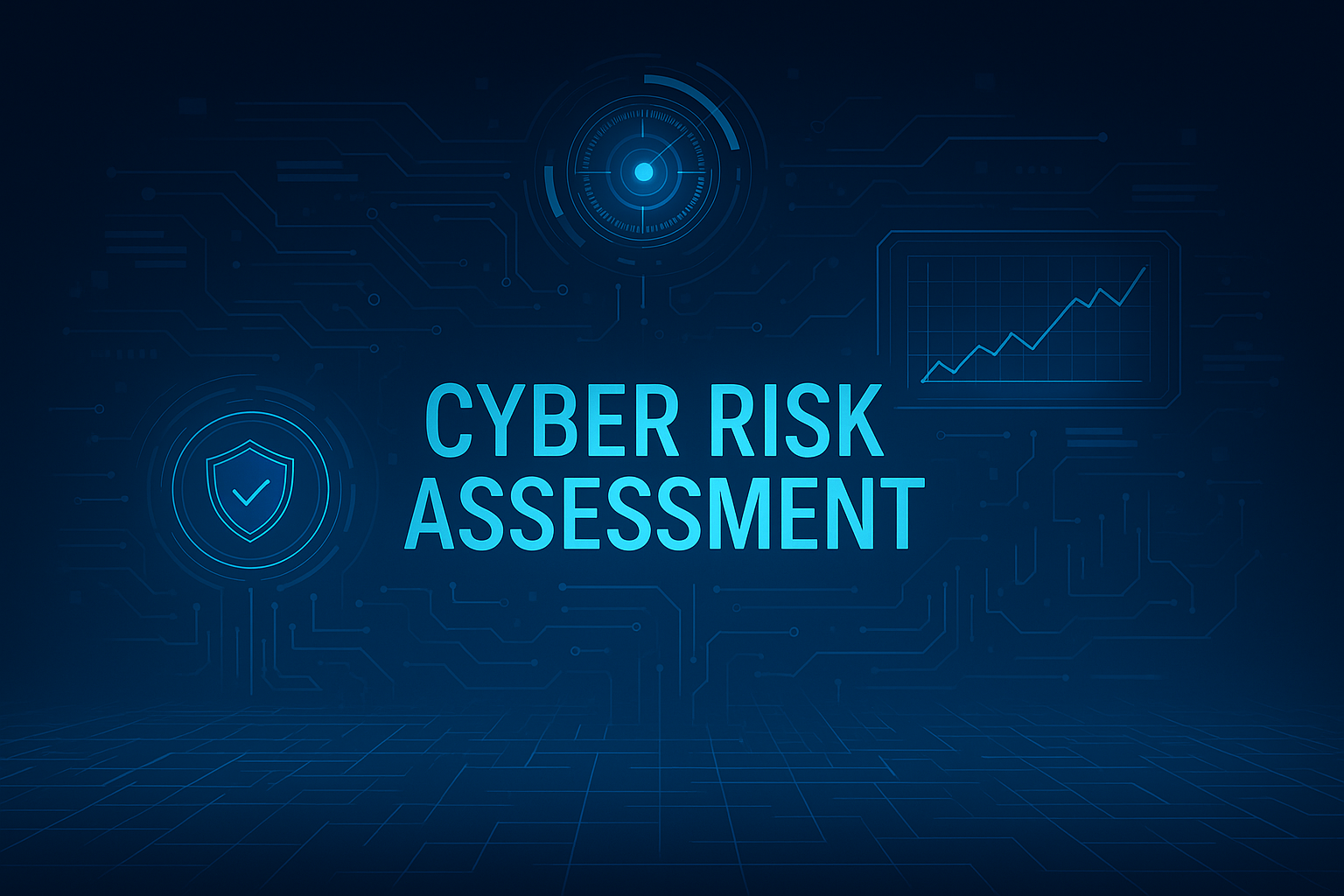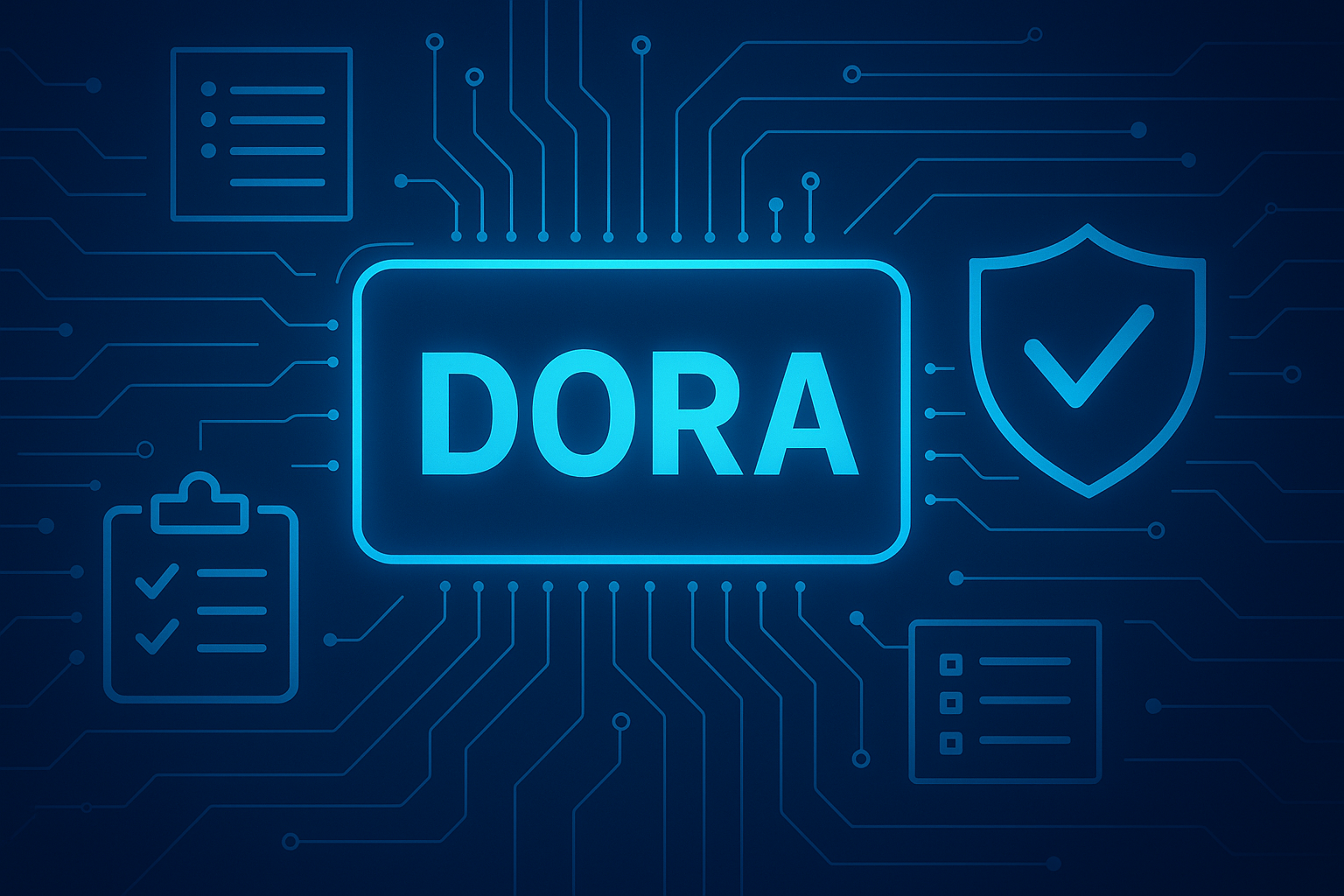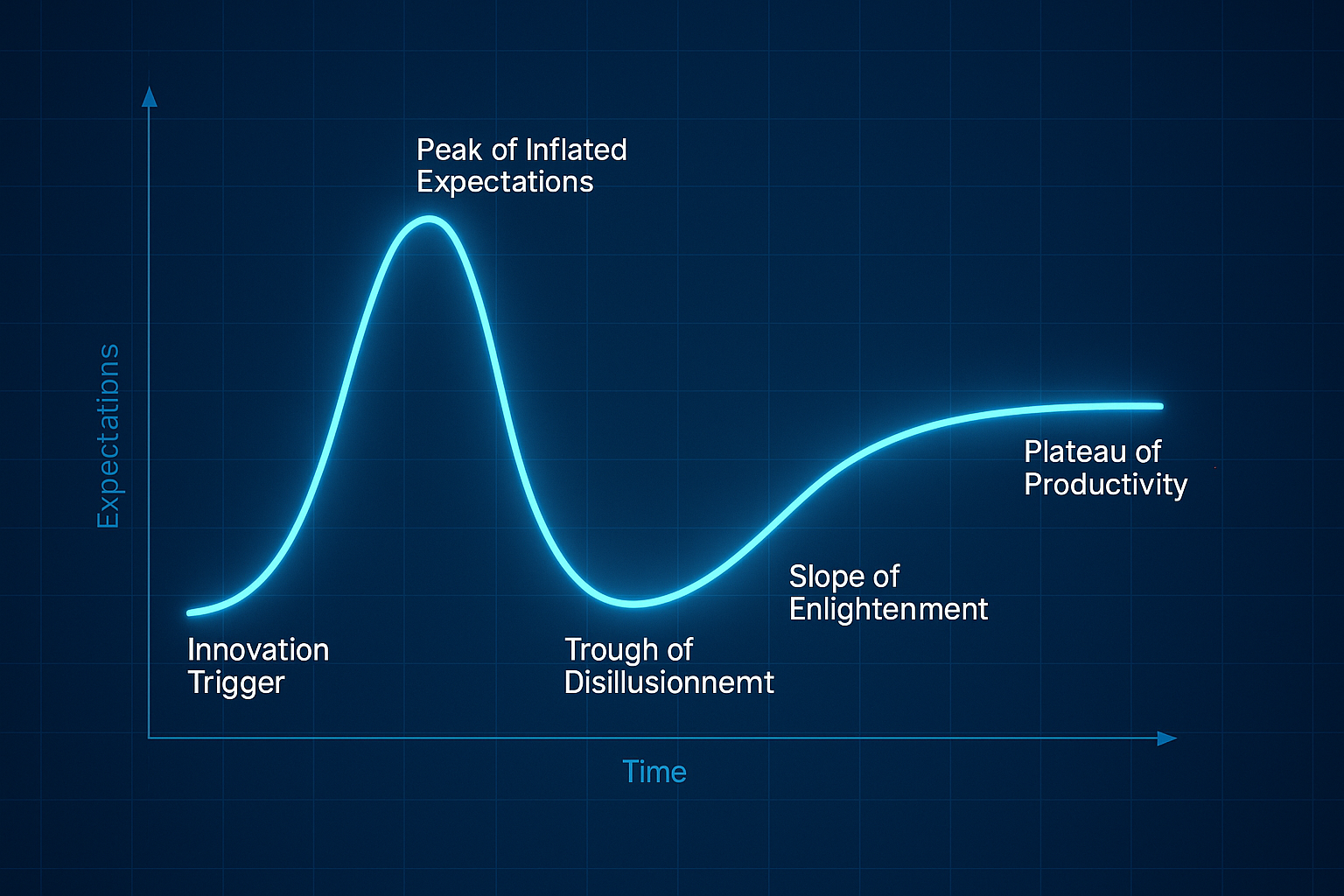For today’s enterprises, cybersecurity maturity is a key growth enabler. The organizations that thrive are those that treat cybersecurity not as a box to check, but as a business accelerator, an integrated part of strategic planning and performance. Aligning with the NIST Cybersecurity Framework (CSF) helps achieve precisely that. It enables leaders to mature their cybersecurity posture, proactively manage risk, and scale operations with confidence as threats and regulations evolve.
A Framework Built for Maturity and Growth
The NIST CSF 2.0 is intentionally structured to guide organizations through continuous maturity. Its modular architecture enables security leaders to assess their current state, define an ideal future state, and systematically close gaps over time.
Each NIST CSF Function supports a natural progression from reactive security toward adaptive, data-driven resilience. The addition of the Govern Function in CSF 2.0 reinforces the importance of tying cybersecurity decisions directly to governance, strategy, and enterprise risk management.
For forward-looking organizations, this structure is critical. It enables CISOs to translate technical controls into a language that the board understands, ensuring that cybersecurity initiatives directly support business goals. It also builds scalability, and maturity increases as the organization grows. Rather than resetting each year during audit season, the NIST CSF enables a living, evolving approach to resilience.
When enterprises align with the Framework, they move beyond meeting requirements—they establish a culture of continuous improvement where cybersecurity becomes an engine for innovation, trust, and growth.
How to Align with the NIST CSF 2.0 in Six Steps
1. Establish Your Current Cybersecurity Posture
Conduct a baseline assessment to understand your current maturity across the CSF’s Functions and Categories. Identify where controls and capabilities already exist, and where gaps remain.
2. Define Your Target State
Outline what maturity looks like for your organization. This should align with business goals, compliance needs, and risk appetite, creating a roadmap that bridges today’s reality with tomorrow’s objectives.
3. Map Controls Across Frameworks
Crosswalk your NIST CSF Subcategories with other frameworks, such as ISO 27001, CIS Top 18, or CMMC, to avoid duplication and streamline efforts.
4. Prioritize Risks and Gaps
Not every gap carries equal risk. Prioritize actions that deliver the most significant reduction in exposure and the highest return on security investment (RoSI).
5. Implement and Automate
Automate continuous control validation and track progress. This step transforms NIST CSF alignment from a manual compliance task to a continuous capability.
6. Measure and Communicate Progress
Quantify your improvements using maturity benchmarks and communicate progress to executives in business terms, linking cybersecurity improvements directly to operational and financial outcomes.
The Five Most Common Challenges with NIST CSF Alignment
Even with the right strategy, organizations encounter consistent challenges when aligning with the NIST CSF:
- Manual Assessments and Static Spreadsheets – Time-consuming, error-prone processes that produce outdated results.
- Siloed Teams and Data – Fragmented communication between IT, risk, and compliance hinders complete visibility.
- Limited Executive Visibility – Without business context, posture data often fails to inform decision-making.
- Inconsistent Framework Mapping – Misaligned frameworks cause duplicative effort and audit fatigue.
- Lack of Continuous Monitoring – Point-in-time assessments fail to capture real-time changes in posture and risk.
When Organizations Fail to Meet NIST CSF Compliance
Organizations that fail to align with the NIST CSF often struggle with operational inefficiencies and governance gaps. Without a structured framework that guides cybersecurity maturity, accountability becomes unclear, and decision-making slows. Compliance reviews take longer, as teams duplicate effort and scramble to gather evidence across siloed systems.
The absence of consistent maturity measurement also limits visibility into what’s working and what isn’t. When security outcomes can’t be quantified, investment priorities suffer, and so does executive confidence. Over time, this lack of alignment leads to higher audit costs, increased exposure to regulatory penalties, and diminished trust with customers and partners.
Perhaps most importantly, misalignment with the CSF prevents cybersecurity from becoming a business advantage. In industries where resilience and trust are differentiators, and organizations that fail to operationalize the NIST CSF risk falling behind those that do.
Manual vs. Automated NIST CSF Alignment
|
Aspect |
Manual Alignment |
Automated Alignment (with CyberStrong) |
|
Assessment Frequency |
Periodic, often annual or quarterly |
Continuous, real-time visibility |
|
Data Collection |
Spreadsheet-driven and error-prone |
AI-driven data ingestion and validation |
|
Control Mapping |
Manual crosswalking across frameworks |
Automated, dynamic mapping across NIST, ISO 27001, CIS, and CMMC |
|
Audit Preparation |
Reactive, requires manual evidence gathering |
Proactive, evidence collected and validated continuously |
|
Maturity Tracking |
Difficult to quantify progress over time |
Real-time maturity benchmarking and reporting |
|
Executive Reporting |
Static and technical |
Board-ready dashboards with financial context |
|
Resource Efficiency |
High manual effort and redundancy |
Reduced effort, increased scalability, faster ROI |
Evaluate CyberStrong for NIST CSF Alignment
When evaluating how to align with the NIST CSF efficiently, CyberStrong emerges as the platform purpose-built around its foundational pillars. CyberStrong mirrors the NIST CSF 2.0 structure— Identify, Protect, Detect, Respond, Recover, and Govern — to deliver a scalable, measurable, and automated approach to alignment.
Through AI-powered control mapping, Continuous Control Monitoring (CCM), and real-time dashboards, CyberStrong eliminates the inefficiencies of manual assessments. The platform continuously validates control effectiveness, aligns with multiple frameworks simultaneously, and generates dynamic, board-ready reports that translate cybersecurity posture into business performance metrics.
By aligning with NIST CSF through CyberStrong, organizations gain a unified, data-driven foundation for automated compliance, risk management, and operational resilience.
Automating CSF Posture Assessments with CyberStrong
CyberStrong’s ability to automate NIST CSF posture assessments is a game-changer for risk and compliance leaders. The platform continuously ingests telemetry data from across your security ecosystem, validating control performance automatically and surfacing gaps as they emerge.
This continuous assessment capability ensures organizations always know where they stand. It accelerates audit readiness, reduces assessment time by up to 80%, and enables security leaders to directly link posture improvements to quantifiable risk reduction.
Automation also enables a strategic shift, from reactive compliance toward proactive risk management. Instead of spending cycles gathering evidence, teams can focus on what matters: advancing maturity, mitigating risk, and driving measurable business value from cybersecurity investments.
Growing with NIST CSF Alignment
The evolution of the NIST CSF marks a turning point in how organizations approach cybersecurity maturity. It’s not just about meeting compliance; it’s about creating a framework for growth, cyber resilience, and competitive differentiation.
With CyberStrong, enterprises don’t just align with the framework; they operationalize it. By automating posture assessments, quantifying maturity, and translating security outcomes into business metrics, CyberStrong helps organizations accelerate their growth trajectory while strengthening trust and governance.
Cybersecurity maturity is a continuous journey. With CyberStrong as your NIST CSF alignment partner, that journey becomes faster, wiser, and infinitely more scalable.





.png)
.png)
.png)
%201.png)
.png)




